Description
The Superiority of Diaphragmatic Absorption
You can invest an exorbitant amount into your amp, speakers, and hi-fi and still miss out on the emotional connection you want to have with your music. The most important investment you can make for your sound is the ACDA-12! Why? Because diaphragmatic absorption is the most powerful absorption technology available.
Recording studios all around the world have proven that if you want great music, you have to start with diaphragmatic absorption. After years of making the best in the industry sound amazing, it’s still the best way to create music! And no one does this technology better than we do.


How Acoustic Fields Perfect Diaphragmatic Absorption
Although Acoustic Fields didn’t invent diaphragmatic absorption, we’ve modified it to be the most powerful technology on the market. If you’re going to invest in diaphragmatic absorption, you want the technology made by a company with 25 years of experience who’s worked with some of the biggest names in music. In fact, this technology alone took over eight years to develop!
A lot of manufacturers don’t give low frequencies much attention. But Acoustic Fields developed this technology with low frequencies especially in mind. With the ACDA-12, you’ll get low frequency absorption from 30 Hz. to 100 Hz. The rates and levels of low frequency absorption created by these activated carbon diaphragmatic absorbers have never been achieved by any other technology on the market!
Almost every room needs low frequency energy control. If you’re overlooking it, you’re going to produce music that falls flat.
Experience A New Dimension to Your Music
Acoustic Fields’ goal with the ACDA-12 isn’t to “trap” bass. It’s to effectively manage the bass notes and get a smooth frequency response curve. Suddenly your music will sound so much crisper. You’ll feel more connected to your music than ever before!
The ACDA-12 has seven layers of material, which is more than your typical diaphragmatic absorber. Each layer is separated with a damping compound. Why do we put so many layers into the absorbers? Because it’s important for these units to be as rigid as possible. The more rigid the absorber, the more sound it will produce.
The thickness and density of our activated carbon diaphragmatic absorbers are also important because it makes the units move. That doesn’t mean you’ll see the ACDA-12 moving like a speaker. But if you were to conduct a vibrational analysis reading, you would see the absorbers are indeed moving!

How the ACDA-12 Works
In short, when you have one of these units in your recording studio, sound energy strikes the walls of the cabinet and the activated carbon in the cabinet. Then some of the energy leaves the cabinet. But, of course, it’s a little more complicated than that.
Low frequency waves are long. They have lots of energy. Because of that, it takes a lot for them to get slowed down. A standard diaphragmatic absorber only uses one wall to slow down those sound waves. But Acoustic Fields uses two! When sound energy strikes the ACDA-12, it has to go through two different walls. It gets slowed down going through wall number one and even more slowed down going through all number two.
The activated carbon diaphragmatic absorbers target low frequencies in the 30 Hz. to 100 Hz range. However, it can also be effective at middle and high frequencies. All you have to do is apply our acoustic foam, mini-diffusers, or both to the face of the cabinet. This will allow you to tackle frequencies up to 6,500 Hz.!
With this simple modification, the ACDA-12 will become a low frequency absorber, mid frequency absorber, and high frequency absorber all in one! You’ll get broadband linear absorption from 30 Hz. to 6,500 Hz. You won’t find such a broad absorption range with any other technology on the market.
Why Activated Carbon Works
After the energy passes through both walls and enters the inside of the cabinet, it will come into contact with the activated carbon. The fact that we use activated carbon in these absorbers is so important! Other cabinets are filled with building material or mineral fiber, we use high-porosity carbon.
Carbon has a very high level and rate of absorption. Every gram of activated carbon has 2,000 square meters of surface area! That’s significantly bigger than alternative materials. Each of these units contains 65 pounds of carbon!
The result of using this product is a smoother frequency response curve. Just like with our other cutting-edge technologies, the ACDA-12 is tested by the Riverbank Acoustical Labs, the most trusted name in acoustical testing.

How This Technology Makes Your Life Easier
Unlike other technologies, the ACDA-12 offers you flexibility that makes your job easier. It’s a moveable unit you can wheel around your listening room and control room.
The ACDA-12 also simplifies mixing. You’ll never have to second guess what you’re hearing on a recording again!
Acoustic Fields goes above and beyond to help you make great music with our products. We offer every customer a free 30-minute phone or video consultation with Dennis Foley who not only is the master behind Acoustic Fields but also the inventor of this product. We also offer a risk-free 30-day money back guarantee.
State Of The Art Acoustic Treatment Technologies
Why Choose Acoustic Fields?
Never Settle on Sound Quality.
Order an Activated Carbon Diaphragmatic Absorber from Us!
Stop putting up with music that lacks the definition and emotional connection you crave.
Invest in diaphragmatic absorption. Order your ACDA-10 from Acoustic Fields today!

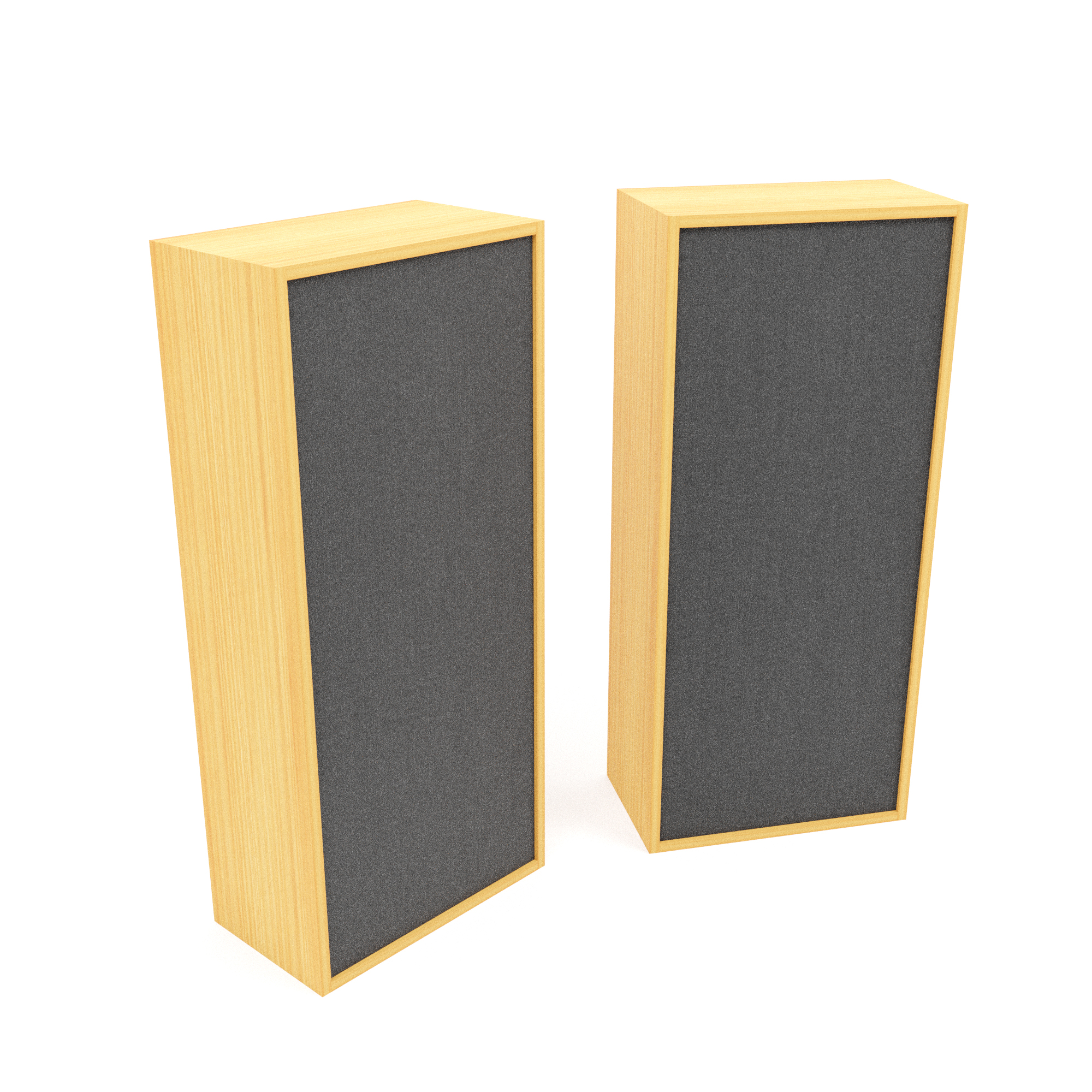

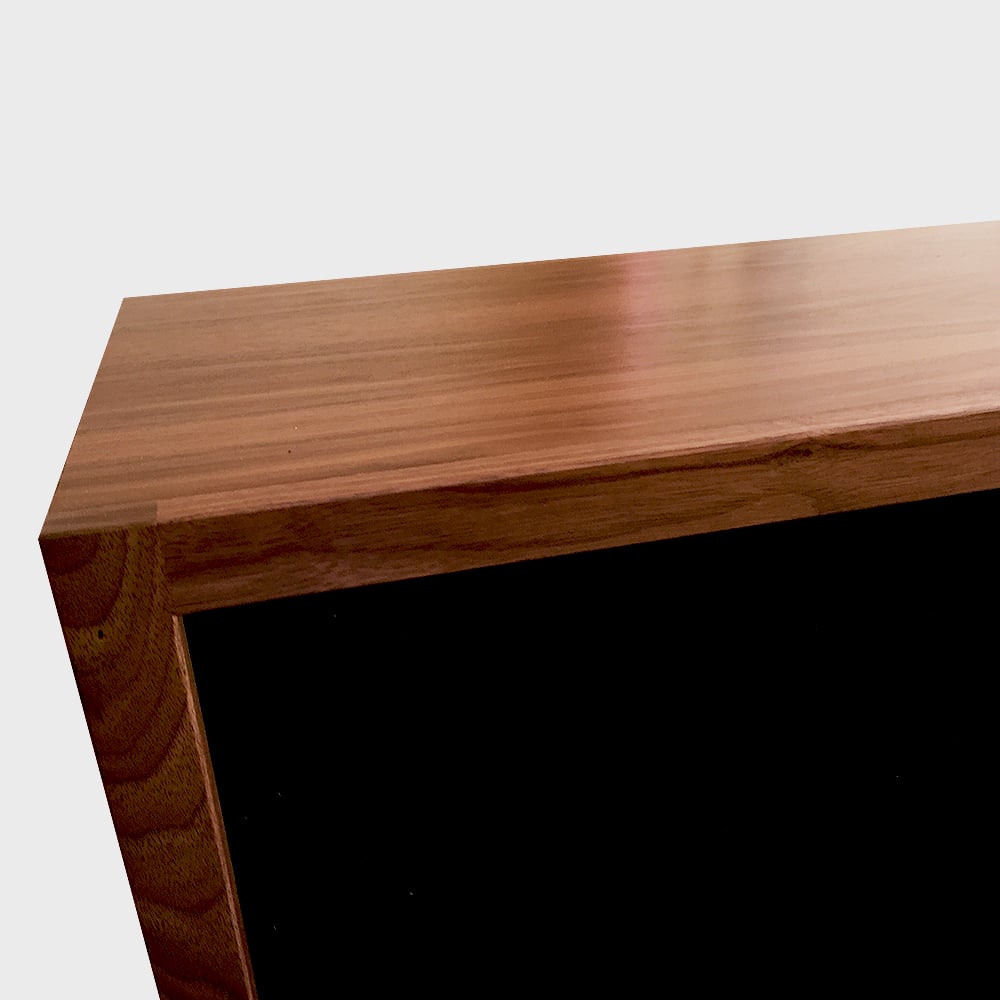



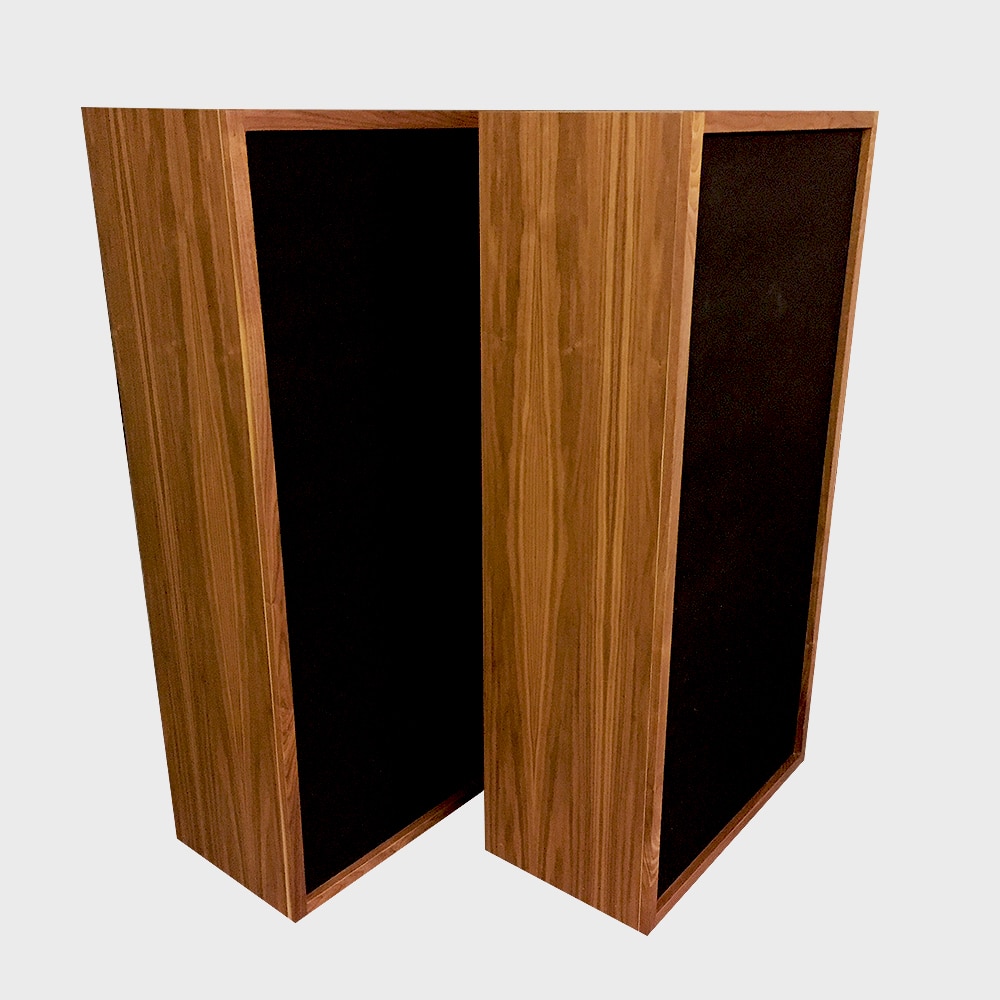


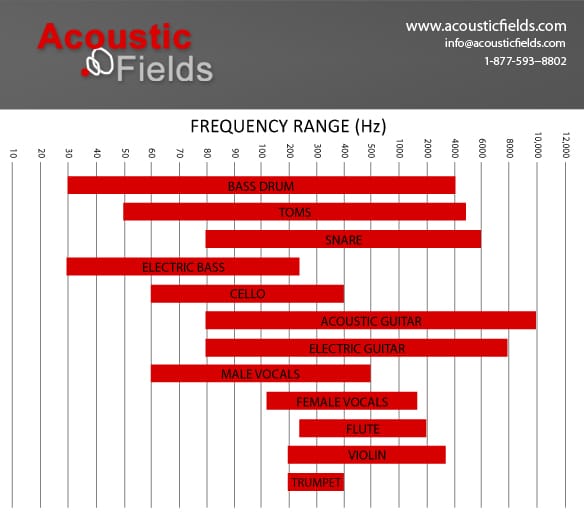




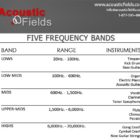








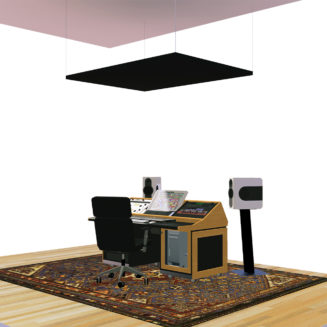

Bruce Hallberg –
First of all, listening for long time periods of time was so fatiguing. It is so bright, there’s a lot of glass. I put in cork floors because I thought that would help and I really, really had space and glass and height and issues that I really did not realize I had.
So with the sound absorption panels, it’s just changed the whole experience. It has given me depth in my music listening. It has certainly the bass is there, but I call it depth because I am not a big bass guy to begin with. But the detail, I do not like to use the word sound stage, but just the musical experience alone, it is more listenable. The instruments sound more like instruments. We can accomplish more with what I have than this bright brassy offensive sound, and what was interesting is that no matter what I threw at the sound, be it the amplifiers, the cables, pre amps, whatever, the results were always the same.
Now do I think that I need some other treatments in the room as well? I do. And we are gonna address that. But I will tell you this, that after chasing the dream for 40 years, I finally bit the bullet and realized how important the room treatment, and where I am listening is.
I do not want to trash anything I have here, but after changing the room, after getting the room in a position and in a situation where I can listen, my speakers that I just bought are not acceptable; it is not what I want in a speaker. I am sure it is what a lot of people do want. I am looking for mid-range, I am looking for listenability, I am looking for color and timbre in the musical instruments.
Now with the room treatment, this does not have anything that resembles what I think is good music. I am not a rock and roll guy, I am not a deep bass guy, and these are perfect for those people. For me, it is awful. So now I really feel that I can settle down and really focus on okay, what is it about a speaker or a cable or an amp or pre amp, that will really give me the sound that I am looking for?
And I realize before that I could never find that. Because I did not have the room. Or the acoustics that would tell me. And I again go back to the experience I had at the musical instrument museum here in town after going to concert after concert after concert, a guitar is a guitar, right? Wrong. Not until you hear a guitar or a voice that’s in a room that’s acoustically treated, it just changes your whole musical experience.
You know, Dennis, I am an audio guy, started in 1972 with LS35A’s and stereo 70 and loved music, mostly classical, jazz, and you know, I’ve run the gamut over the last 40 years, chasing the dream between equipment and cables and power cords and you name it. But I finally at this point in my life realized that something was missing.
We live here in Phoenix and we have got an incredible venue here called the MIM, musical instrument museum, and I’ve had the opportunity to go to a number of concerts there. And I finally through that experience realized that this room issue that everyone has been telling me about for 30 years is something to really reckon with and you know kind of the rest is history. I went online, started looking around, and all of a sudden I find a guy down the street and here you pop up and so that kind of developed a relationship from there.
You know, I’ve got some good friends in the hi fi business here in town. So you know, I had them over and they were gonna help me with some cabling and the first thing they said when they walked in the house was “you can do whatever you want, but you gotta do something with this room”. Well, I looked around and I thought, it is either buy a new house, or I had to figure something out.
And so here are guys who have been in the business for a long time and understand the stereo business and sound and the first thing they say is I have a problem with the room. So another kind of an aha moment for me. And again, that’s when I started searching and you know, I got in contact with you, and I knew that I had a real serious problem here that had to be solved before I was going to put another dime in anything mechanical, upfront speakers, cables, whatever.
Well, the space in the room is bad, right now I have a pair of Usher B speakers with a mac amp and I am using a aesthetic phono pre amp and aesthetic pre amp and an auraura turn table from England. I am thinking about going to a horn speaker but the bottom line is at least now I understand what has to happen in the room as far as acoustics before I can even start listening to a new speaker or cabling or whatever.
So what you see here is what Dennis has built. Sound absorption panels. It looks like a TV behind me, but it is not. You know I made a cover for the TV. And I’ve got two more cables and two more panels in the garage, so basically what happened was that through what he’s given me and what he built for me, I really begin to understand this whole issue of room and what happens and reflection and sound and honestly, I still do not understand it, but I do know what sounds good.
Bruce Hallberg
Joe Salvatto –
Hi my name is Joe Salvatto from Salvatto Sound. We are a company that specializes in boutique studios here in the New York City Tri-State area.
I came across this product designed by Acoustic Fields. Its called the diaphragmatic absorber. I read about it and was very intrigued with its capabilities. I had the opportunity to speak with Dennis, it’s designer, and was convinced that it was definitely something we could use on our installations.
It’s a rather small enclosure, 24″ x 48″, but it’s abilities are actually beyond my expectations. It has the capabilities to absorb frequencies down to the 30 cycle range.
So far we’ve used it in one room and have the intentions of using it in our next two installations.
Everything Dennis said it would do, its done and then some.
I was happy to comply with the companies request which was, upon purchasing the plans online and also signing a non-disclosure agreement, we have to purchase the charcoal absorbers, which is the internal workings of the device, directly from them, which they actually provided to us with a rather timely fashion. It didn’t take too long.
The effectiveness of the box is exponential, the larger the room, the more boxes you need. But in the end the result is nothing short of amazing. Once you introduce the absorbers into the room, the effects are noticeable immediately.
This device has added a paint brush to my box that I never would have thought I’d be able to have in this small of an enclosure. I’ll be using them from now on and I’m sure once you get a chance to use them, so will you.
This is Joe Salvatto from Salvatto Sound. Very nice to talk to you.
Danny Wyatt –
This room was eight or nine months in the making but it’s the Acoustic Fields bass traps that really made this room sing. Now it’s really quite a musical room that’s the way I would put it.
Because I’m in New York City, because I’ve been doing this for three decades, because I have a lot of Rockstar engineer best friends, you see them on the Mix Master Wyatt show, Chris Gehringer, Luca Pretolesi, you know all kinds of top engineers doing number one records in the country I get to move around some of the best rooms, really on the planet, and when they come up here they’re like “oh my gosh, this is amazing, you can hear everything in this room!”
You can hear extremely well sitting in the client couch and its, you can hear amazingly well sitting in the mix position and we used to have something too where if you stood up you’d get a slightly different low frequency response that also has gone now.
And I’m really happy to say, and I’m an endless fiddler, that it’s really in a place where I wouldn’t change a thing and when people come in, I had the musical director for Chris Brown’s world tour here yesterday who is out on Lady Gaga’s Monster Ball Tour, top, top producer musical director and he was like “this room sounds insane!” He was like “I haven’t heard a room sound as good as this in a long time”. And he gets also gets to walk in the top rooms.
So I’m extremely happy with it. This room wasn’t done until the Acoustic Fields bass trap technology entered the room and then once we did exactly what was proposed by you Dennis the whole thing snapped into place.
So I couldn’t, I really just, I couldn’t be happier.